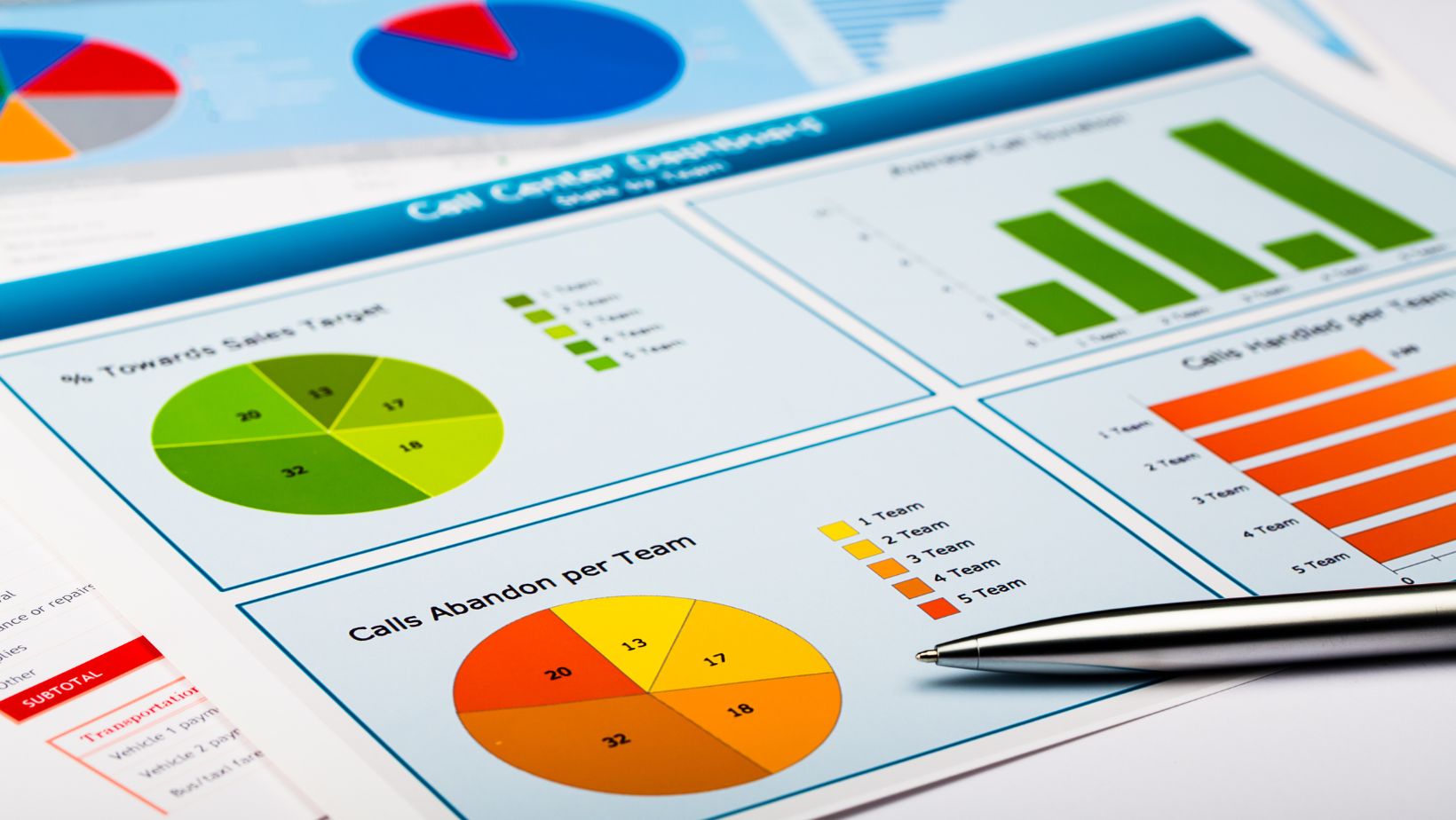
Ensuring assessment accuracy and following industry standards can feel like a never-ending challenge. Internal reviews demand thorough documentation, timely verification, and strict protocol adherence. Without structured tools, businesses struggle to maintain efficiency while avoiding costly missteps.
Risk and compliance software streamlines these essential processes, making regulatory adherence less daunting. This technology enhances transparency, automates documentation, and improves data accuracy. Let’s explore how these solutions strengthen internal audits and ensure consistent oversight.
Enhancing Accuracy in Data Collection
Reliable documentation forms the backbone of any assessment process. Risk and compliance software ensures data integrity by standardizing collection methods. Automated input features minimize errors, while real-time tracking prevents discrepancies from going unnoticed. AI-driven insights further enhance accuracy by identifying potential inconsistencies before they affect reporting. Without a structured system, inconsistencies often slip through undetected, leading to flawed reports.
This technology centralizes information, making it easier for teams to verify records efficiently. Additionally, cloud-based storage allows instant access to critical details, eliminating reliance on outdated spreadsheets. Ultimately, businesses gain confidence in their assessments and make well-informed decisions. This streamlined process also accelerates audits and ensures regulatory compliance is always up to date. Combining automation and cloud solutions reduces the burden on teams, allowing them to focus on strategic initiatives.
Automating Workflow for Efficiency
Manually tracking audit-related tasks can quickly become overwhelming. Specialized platforms introduce automation that eliminates redundant efforts. Alerts, notifications, and scheduled check-ins help keep processes on track and ensure deadlines are met. Automated audit logs also provide a transparent record of completed tasks, making maintaining accountability easier. Furthermore, these tools provide actionable insights through data analytics.
By linking compliance checkpoints with real-time tracking, teams can focus on analysis instead of chasing documents. This structured workflow enhances accountability and reduces unnecessary back-and-forth communication. Companies that implement automated frameworks experience smoother evaluations and faster reporting. With customizable dashboards and reporting features, stakeholders gain a clear, real-time view of audit progress and compliance status.
Strengthening Regulatory Compliance
Laws and industry mandates frequently evolve, requiring businesses to stay informed. Modern platforms integrate policy updates into workflows to ensure up-to-date regulatory tracking. This feature helps teams adjust procedures proactively instead of reacting to violations. Additionally, AI-driven insights can predict potential compliance risks before they become costly. Non-compliance often results in fines or legal complications.

Digital tools provide immediate insights into potential risks, allowing companies to address concerns before they escalate. Customizable templates guide organizations through necessary protocols, reducing oversight errors. In the long run, proactive compliance management fosters a culture of accountability. Furthermore, continuous monitoring ensures that businesses remain aligned with evolving regulations. This ongoing vigilance protects businesses from penalties and enhances their reputation as responsible corporate entities.
Facilitating Real-Time Monitoring
Traditional audit methods rely on periodic evaluations, leaving gaps in oversight. Modern systems bridge this gap by offering real-time monitoring capabilities. Dashboards provide instant visibility into compliance levels, highlighting potential vulnerabilities. Automated alerts notify teams of anomalies, enabling swift corrective actions before issues escalate. Continuous tracking helps organizations detect irregularities before they become major concerns.
Integrated analytics tools provide detailed insights, making it easier to identify patterns and trends. By leveraging instant data, businesses reduce the likelihood of misreporting and uncover areas requiring improvement. This constant visibility ensures long-term operational stability. Moreover, it fosters a proactive approach to risk management, ensuring businesses stay ahead of potential disruptions. Tracking compliance in real time strengthens overall decision-making and operational efficiency.
Ensuring Secure Data Management
Internal assessments involve handling sensitive records and prioritizing data security. Digital solutions safeguard information through encryption, access controls, and audit trails. These protections prevent unauthorized alterations and ensure transparency in evaluations. Additionally, continuous monitoring mechanisms help detect and mitigate security threats before they escalate. A secure platform also simplifies collaboration by enabling role-based permissions.
Employees can access relevant files without risking exposure to confidential records. Moreover, comprehensive logging features track changes, providing a clear history of modifications. These measures enhance reliability and prevent data breaches from compromising an organization’s integrity. Businesses can also quickly respond to threats with automated alerts for suspicious activity. This layered approach ensures that security remains robust even as internal processes develop.
Improving Reporting Accuracy
Generating clear and error-free reports remains a top concern for internal auditors. Manual data entry often leads to inconsistencies that undermine the reliability of findings. Digital systems eliminate these issues by automating report generation based on real-time inputs. Additionally, AI-driven analytics help identify anomalies, ensuring accuracy in financial and compliance reporting. Predefined formats ensure standardization, making it easier for stakeholders to interpret results.

Customizable reporting tools allow organizations to tailor documentation to meet specific industry requirements. Furthermore, built-in validation features verify the information before submission, reducing rework and enhancing credibility. In turn, businesses benefit from streamlined documentation and improved decision-making. These advancements save time and reduce the issue of human error in auditing processes. Enhanced features protect sensitive information, ensuring compliance with regulatory standards.
Reducing Human Error in Audits
Even the most experienced professionals can make mistakes when manually handling vast amounts of data. Automated solutions reduce human error by implementing verification checkpoints and predefined validation rules. This structured approach minimizes discrepancies and enhances consistency. Additionally, AI-powered anomaly detection helps identify irregularities that might go unnoticed in manual review.
Machine learning algorithms continuously refine these detection capabilities, ensuring ongoing improvements in audit accuracy. Predictive analytics further strengthen assessments by identifying potential compliance risks before they become problems. Intelligent alerts notify teams of missing information, ensuring completeness before submission. These features significantly lower the risk of inaccuracies, making audits more dependable and less stressful for organizations.
Enhancing Audit Preparedness
Organizations must be prepared for both scheduled and unscheduled audits. A comprehensive digital platform organizes records, ensuring easy retrieval of documents when needed. Prebuilt checklists guide teams through necessary steps, ensuring that nothing is overlooked. Automated scheduling tools help plan audits, reducing last-minute scrambles.
AI-driven recommendations enhance preparedness by prioritizing areas that need the most attention. Audit preparedness tools also support seamless collaboration between internal departments. By centralizing policies, records, and compliance measures in a structured system, businesses remain ready for inspections at any moment. This strategic readiness minimizes disruptions and ensures smooth assessment procedures.
Risk and compliance software is crucial in strengthening internal audits and streamlining reporting. Companies that invest in these digital solutions gain confidence in their assessments and ensure seamless compliance oversight. A well-structured system fosters transparency and helps businesses remain audit-ready. Additionally, it enables organizations to identify potential vulnerabilities and address them proactively.












